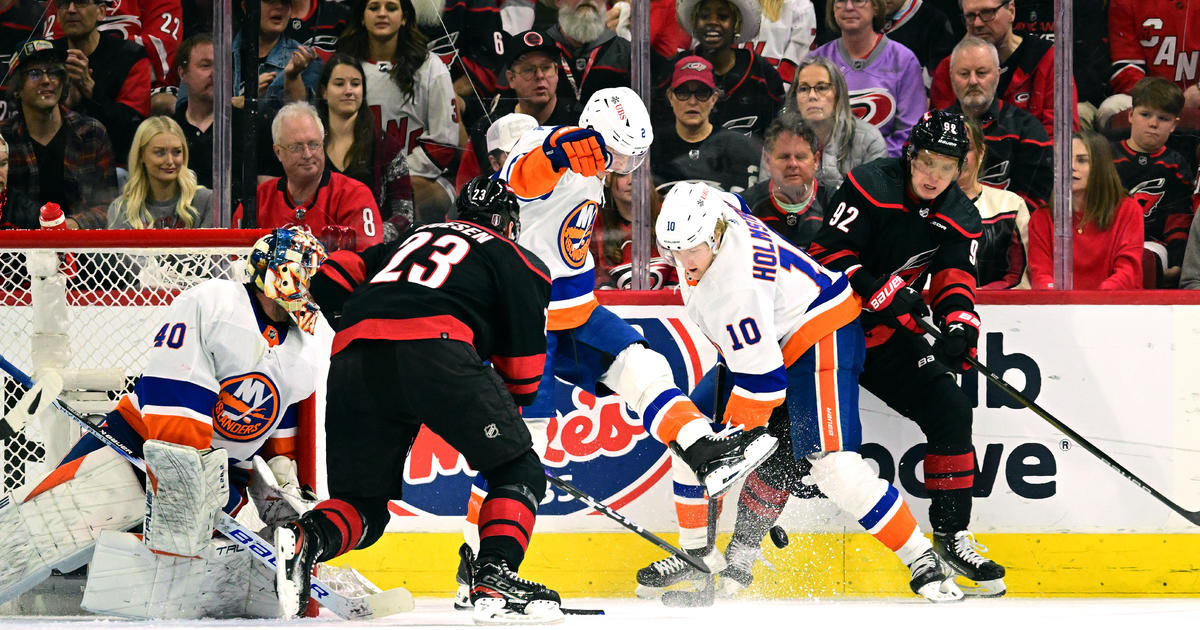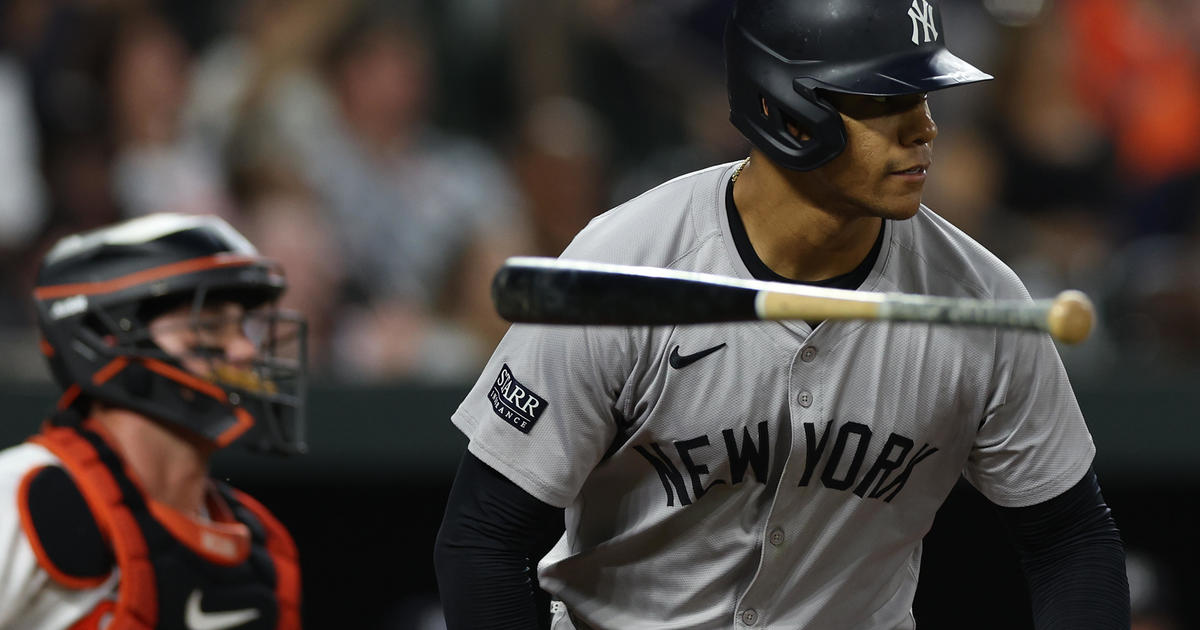Sims: Breaking Down Ben Roethlisberger's Partial Rotator Cuff Tear
By Abby Sims
» More Columns
I took a look at the current NFL injury report and had to mention that (including a few due to suspensions) it is 80 men deep -- as of August 1!
Not on the list is Steelers quarterback Ben Roethlisberger, who on Thursday just happened to mention that he has been playing with some shoulder pain due to a partial rotator cuff tear that he suffered in a loss to Baltimore on November 6, 2011. As with many of his prior injuries, Roethlisberger evidently has no intention of sitting this one out and is simply limiting his throwing in practice. I saw no mention of any medical treatment in the media. Though he reportedly laughed off the possibility of the tear worsening, that outcome wouldn't be shocking.
The rotator cuff muscles are important to the overall function of the shoulder girdle, and particularly so for a throwing or overhead athlete.
What is the rotator cuff?
Four muscles that originate on the shoulder blade (scapula) all essentially converge into a common tendon to attach at the front, top and back of the head of the humerus (the bone of the upper arm). Collectively, they constitute the rotator cuff. You may recall that tendons connect muscle to bone. Those of the rotator cuff are no different.
The muscles that contribute to this tendon are responsible for different actions. The subscapularis tendon is the foremost. Its muscle belly is on the undersurface of the scapula and the tendon wraps around the front of the humeral head. The action of the muscle is to internally (inwardly) rotate the humerus. By virtue of its location, the subscapularis tendon also helps to protect the front of the shoulder. The supraspinatus is the uppermost of the cuff tendons. When it contracts, the supraspinatus raises the arm out to the side (abducts). Infraspinatus & teres minor, the next two in order of attachment, are the primary external rotators of the shoulder. These tendons come around the back of the head of the humerus, thereby providing the leverage to rotate the bone outwardly.
Why is the cuff so important, and how is it injured?
In addition to enabling the shoulder to move in the directions described, the muscles of the rotator cuff help to foster normal mechanics of the joint. Weakness and strength imbalances the cuff lead to abnormal mechanics, which then result in injury. This is particularly so when combined with the increased demand of sports or other repetitive overhead activities.
When they have rotator cuff problems, younger people tend to suffer from tendinitis, which is simply an inflammation of a tendon. The cuff tendon most likely to be involved is the supraspinatus tendon, because of its uppermost position immediately below the hood of the shoulder, known as the acromion.
The narrow space below the acromion (the "subacromial" space) can be narrowed even further by poor posture (forward head, forwardly-tilted shoulder blade/rounded shoulders), by variations in the shape of the acromion itself, and by the presence of bone spurs. This space also becomes smaller when the outward rotators are weak and do not adequately control the position of the head of the humerus when the arm is elevated overhead. The end result is impingement of the cuff tendons.
"Impingement" is as it implies -- a pinching of the structures involved. At first the tendons just become inflamed. The swelling that accompanies this inflammation can further diminish the subacromial space and create a vicious cycle. Over time, the wear and tear from impingement leads to degenerative changes of the tissue, and that is called tendinosis. Tendinosis can be likened to gliding a rope back and forth over a rock until the rope begins to fray. Give it a little more time and overuse, and the fraying of the cuff tendons (particularly in the over-40 crowd of recreational athletes) results in degenerative rotator cuff tears.
Younger athletes with cuff tears are generally those who do an inordinate amount of overhead activities, such as pitching. Overuse and irregular pitching/overhead mechanics can also play a role in predisposing these players to injury.
Another cause of rotator cuff tears is outright trauma, such as in a dislocation. A traumatic tear of the cuff is also the likely outcome for the person who holds onto a banister for dear life while falling down a flight of stairs. Though without dislocation, Roethlisberger's injury may have been of the traumatic variety. However, now that he has the tear, experiences pain and may have weakness in the involved muscle, Roethlisberger's joint mechanics may be altered sufficiently to contribute to further wear and tear.
Loss of mobility in the shoulder joint -- whether from inflammation, scar tissue that forms in response to inflammation, immobilization or disuse -- can make impingement more likely. If diminished, mobility must be restored to provide normal joint function, lessen the risk of injury and ensure the success of surgery (if it becomes necessary).
Adequate strength of the muscles that stabilize the scapula (the rhomboids, middle and lower trapezii and serratus) facilitates good joint mechanics with overhead movement. This is also crucial to preventing or rehabilitating impingement, and further avoiding degenerative rotator cuff tears or the progression of existing small partial thickness tears.
Roethlisberger's tear is partial; If it tears more, then what?
Most degenerative tears of rotator tendons are partial thickness -- they don't extend through the entire structure -- as when you just begin to cut a piece of beef. Other tears are full thickness, as though the beef is cut from top to bottom but remains attached to the rest of the piece. In the case of a complete tear, or rupture, total detachment occurs, separating one end of the tendon from the other. These result in complete loss of use of the involved muscle/tendon unit, and it cannot be rehabilitated or strengthened without surgical repair.
Repairs are also performed on partial and full thickness tears that are not complete tears. The choice to have surgery generally depends on the extent of a tear, the age of the individual, the demands of the individual's activities as well as the mobility and overall health and function of the shoulder joint. Oftentimes surgery is for more than one condition rather than an isolated cuff repair. This is because issues such as impingement must also be addressed in order to have a favorable outcome.
Roethlisberger is a tough competitor, and he rarely lets an injury get in his way. We'll have to see how this one plays out. There is no doubt, however, that now he is more vulnerable than before.
Have you ever experienced an injury similar to this? Share your stories and comments in the section below...



